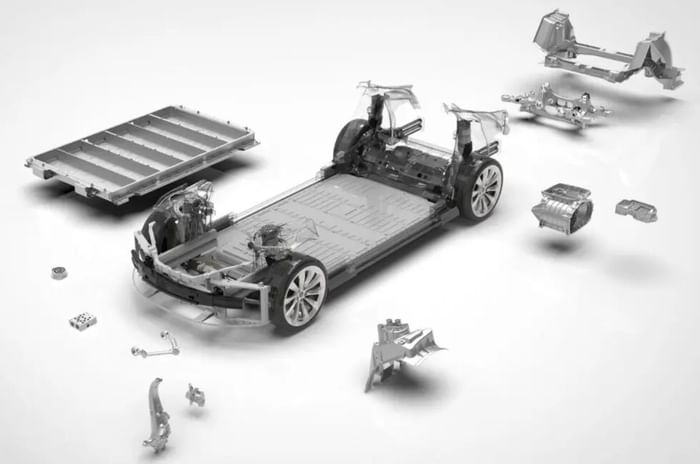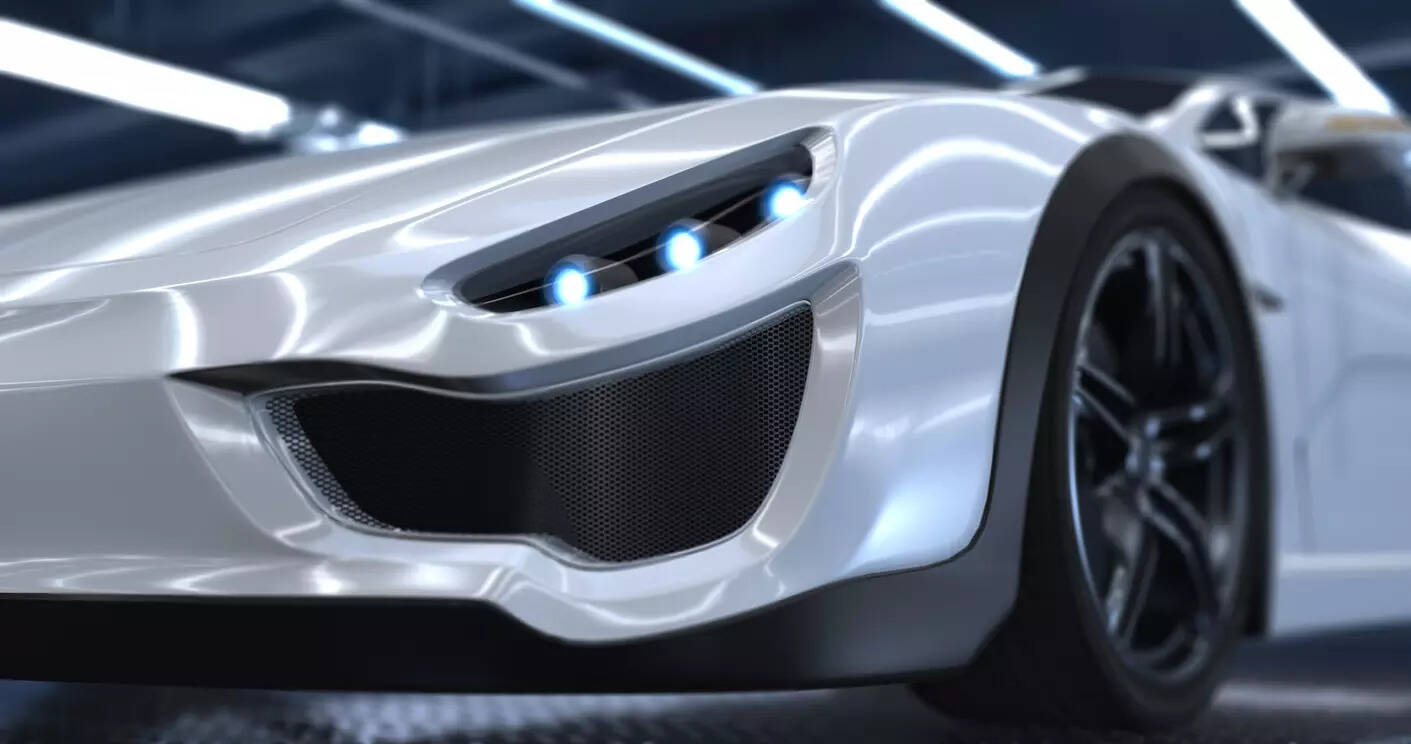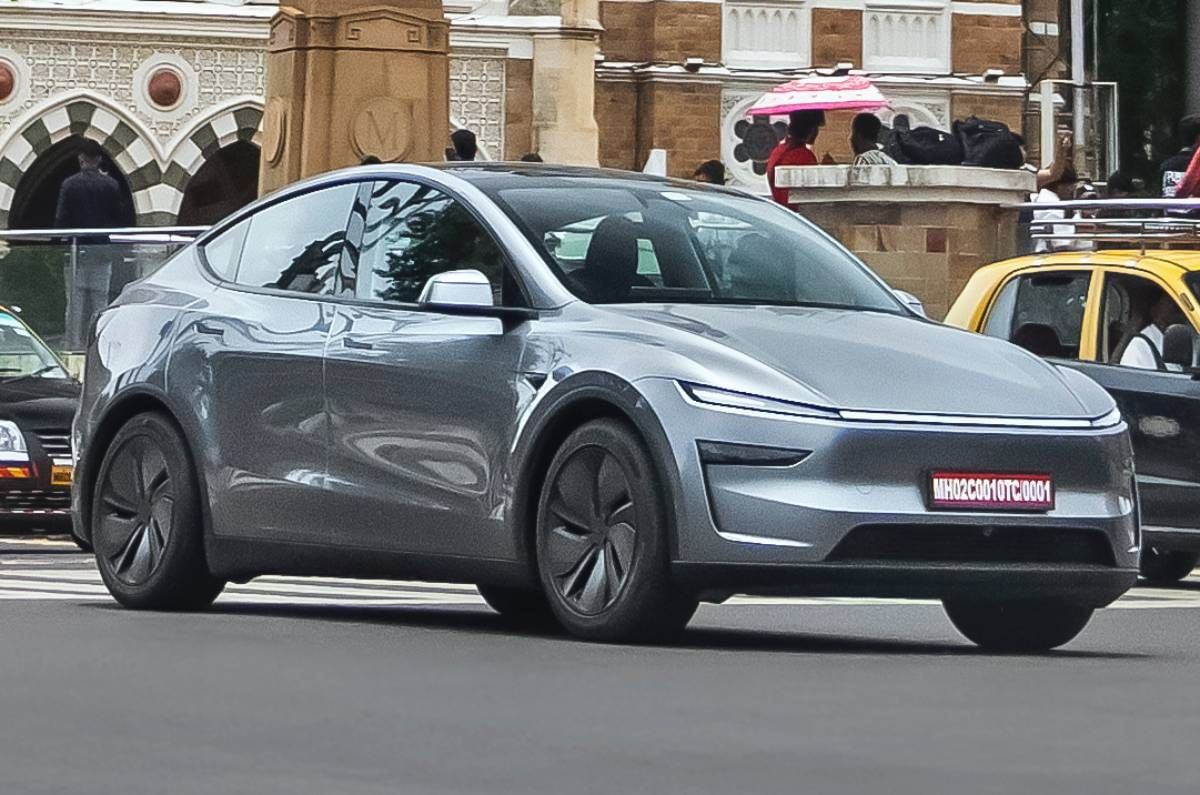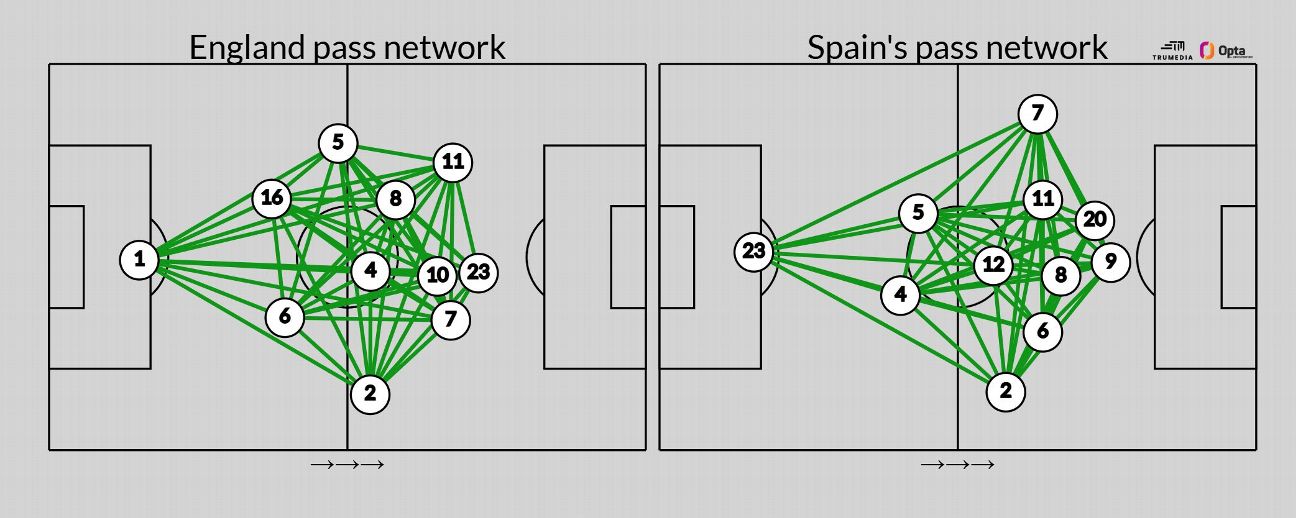The Tesla Model Y was the world’s bestselling car in 2023 and 2024, and there’s good reason why.
The Tesla Model Y recently launched in India at a price of Rs 59.89 lakh for the standard rear-wheel-drive version and Rs 67.89 lakh for the long-range version. This is an updated version of the bestselling car of 2023 and 2024; the car that actually deposed the mighty Toyota Corolla, and recently, the RAV4. This is the first time Toyota has been shifted off its peg in 25 years. Sure, China played a big role in its success, with 37 and 26 percent of the sales coming from that region in 2023 and 2024, respectively.
Still, a lot of the success of the Tesla Model Y was also down to how well the car sold in markets around the world. And that’s because the pre-facelifted car – and now this one – are full of tech that makes it more efficient. What are some of these tech highlights? Stay with us as we unpack some of the smart tech on Tesla’s new Model Y Juniper.
1. It is made with a unique one-piece casting
Tesla’s Giga casting process helps reduce parts count and improves rigidity.
The Model Y’s one-piece casting is a clever bit of engineering that makes the car stronger, lighter and easier to build. Instead of welding together several dozen parts (around 70), Tesla uses one large aluminium casting for the rear and front underbody. This reduces weight and makes the shell stiffer (fewer joints mean fewer weak spots). What makes it all possible is Tesla’s custom-built Giga Press, one of the largest die-casting machines ever used. It can exert 9,000 tonnes of clamping force to make those large sections.
2. It weighs under two tonnes, great for an SUV of this size
Tesla Model Y’s weight stays under two tones undercutting similar-sized rivals like the The world of seal and the Hyundai Ioniq 5. The SUV uses high-strength aluminium and steel. Tesla’s Giga castings also reduce part counts dramatically. The battery pack is a part of the load-bearing structure, further reducing weight. While a couple of other carmakers (mostly Chinese) are doing similar stuff, Tesla’s solution is the most advanced because Tesla’s 4,680 battery cells are larger and more rigid, allowing them to replace internal steel supports. Tesla’s battery pack isn’t just mounted to the chassis – it is the chassis. The pack forms part of the car’s floor and supports seats and interior components.

The floor-mounted battery is an integral part of the chassis.
3. It uses brake by wire for better autonomous control
The Tesla Model Y uses a brake-by-wire system to improve efficiency and safety. This means there is no direct mechanical link between the brake pedal and the brakes. While many sportscar makers use the system, Tesla’s differs as it sends electronic signals to two separate circuits – one for the driver and one for Autopilot. Tesla says this setup allows smoother transitions between regenerative and friction braking and keeps pedal feel consistent.
4. It has a drag coefficient of 0.22, great for an SUV
The Tesla Model Y’s 0.22 drag coefficient is impressively low for an SUV, helping it slice through the air with minimal resistance. Tesla has achieved it by redefining the front bumper, mirrors, wheels, integrated rear spoiler and underbody airflow. Even small tweaks – like a smoother rear diffuser – make a big difference. It’s why the nose of the updated car is so much lower and flatter. Only the BYD Tang EV’s Cd at 0.218 is better.

The low and flat nose help improve aerodynamic efficiency.
5. It uses a IPM SynRm motor that delivers the best of both worlds
The Tesla Model Y uses its unique IPM-SynRM motor (Interior Permanent Magnet Synchronous Reluctance Motor) because it delivers the best of both worlds. It blends the benefits of permanent magnets with induction motors, giving high performance with lower energy loss in the same package. This motor helps the Model Y achieve better range and more effortless acceleration. It’s also lighter and easier to cool than older induction motors. Tesla pairs this motor with a regular front induction motor in dual-motor setups – one for power, one for efficiency.
Also See:
2025 Tesla Model Y India review: Is the hype real?
Tesla Model Y India details: FAQs on price, Auto Pilot, supercharging network, and more




























































